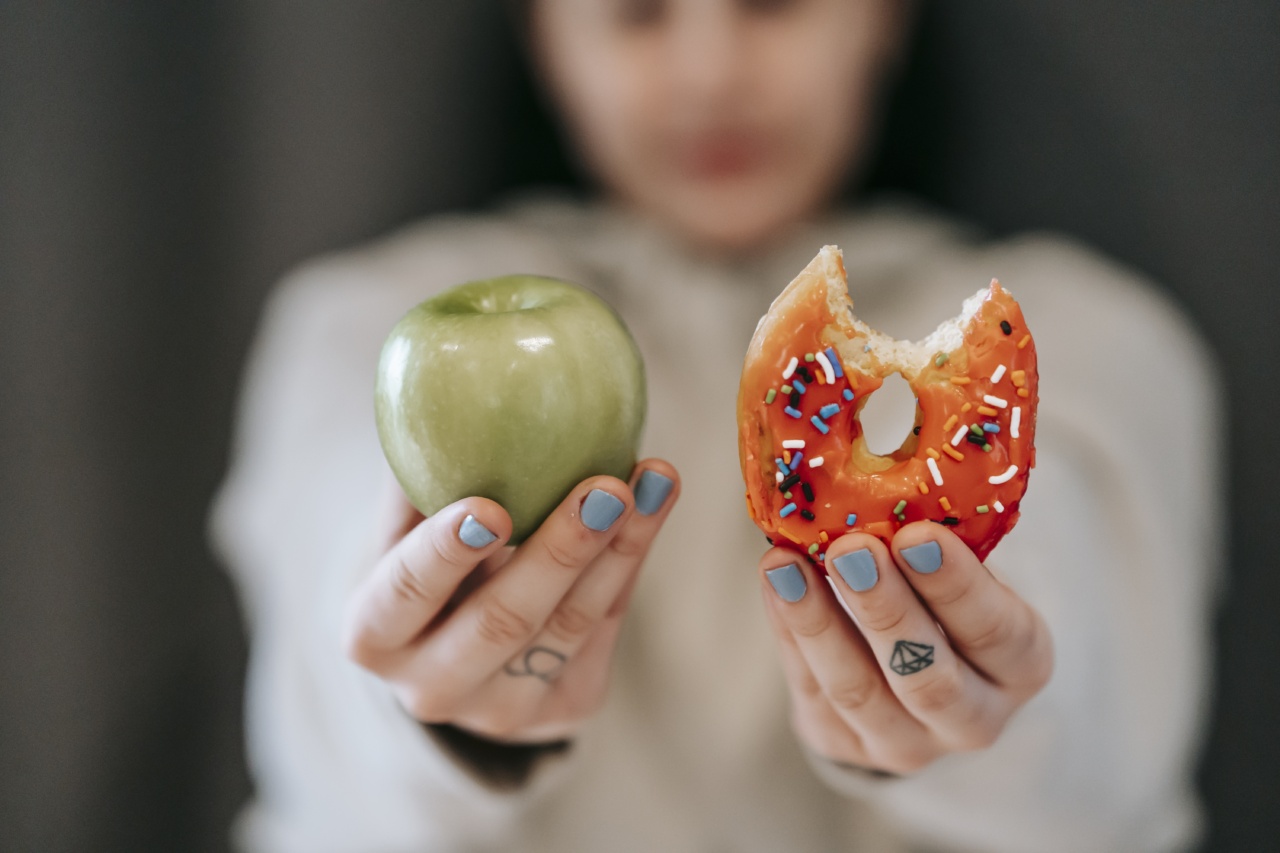It’s a common sight to see fruits that have started to decay in our kitchens or grocery stores. While it may be tempting to consume such fruits to reduce food waste and save money, it’s important to consider whether they’re still safe to eat.
Understanding Decay in Fruits
Fruits begin to decay when microorganisms – such as bacteria, yeasts, and molds – start breaking them down. Decay can manifest as changes in the fruit’s color, texture, taste, and smell.
In some cases, decay can lead to the growth of harmful bacteria that can cause food poisoning, especially in individuals with weakened immune systems.
Factors that Affect Fruit Decay
The rate and extent of decay in fruits depend on several factors. For instance:.
- The type of fruit: Some fruits are more prone to decay than others. For example, berries and grapes have a higher water content and softer skin, making them more susceptible to spoilage than fruits like apples and oranges.
- The level of ripeness: Overripe fruits are more likely to decay than those that are slightly underripe or just ripe.
- The storage conditions: Fruits that are stored in warm, humid environments are more likely to decay than those stored in cool, dry places.
- The presence of damage: Fruits that have bruises, cuts, or other physical damage are more likely to decay than those without any visible damage.
Can You Consume Fruits that Have Started to Decay?
Whether or not you can consume fruits that have started to decay depends on several factors, including the type of fruit, the extent of decay, and your personal health status. Here are some things to consider:.
Type of Fruit
Some fruits are more forgiving than others when it comes to decay. For example:.
- Bananas: Bananas can still be safely consumed when they start to develop brown spots on the skin. In fact, the brown spots are a sign that the banana is ripening and becoming sweeter. However, if the banana has become mushy and has a strong odor, it’s best to discard it.
- Apples: Small areas of decay on apples can be cut off, and the rest of the fruit can still be consumed. However, if the decay has spread throughout the apple, it’s best to discard it.
- Citrus fruits: Citrus fruits can still be consumed if they start to develop mold on the skin. Simply wash and peel the fruit before eating. However, if you notice any signs of decay inside the fruit, such as brown spots or a bad odor, it’s best to discard it.
Extent of Decay
The extent of decay in the fruit also plays a role in whether or not it’s safe to consume. If the decay is limited to a small part of the fruit – such as a small bruise or moldy spot – you may be able to cut that part out and eat the rest of the fruit.
However, if the decay has spread throughout the fruit, it’s best to discard it.
Personal Health Status
Your personal health status can also affect whether or not it’s safe to consume fruits that have started to decay.
If you have a weakened immune system – due to a medical condition or medication – you may be more susceptible to food poisoning from harmful bacteria that may be present in the decayed fruit.
Conclusion
In conclusion, whether or not you can consume a fruit that has started to decay depends on several factors, including the type of fruit, the extent of decay, and your personal health status.
While it may be tempting to save money and reduce food waste by consuming decayed fruits, it’s important to prioritize your health and safety by being mindful of the signs of decay and discarding fruits that are no longer safe to eat.































